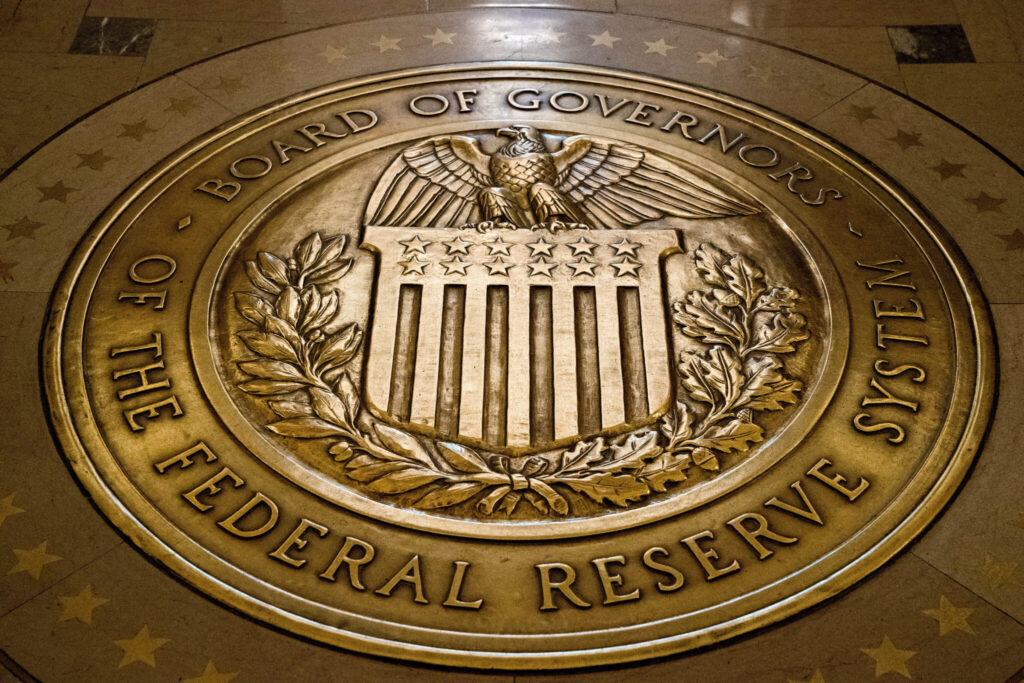U.S. bankruptcy filings surged by 18% in 2023 on the back of higher interest rates, tougher lending standards and the continued runoff of pandemic-era backstops, data published Wednesday showed, although insolvency case volumes remain well below the level seen before the outbreak of COVID-19.
Quick Read
- Surge in Bankruptcy Filings: There was an 18% increase in bankruptcy filings in 2023.
- Total Filings: Filings rose to 445,186 in 2023 from 378,390 in 2022, including both commercial and personal insolvencies.
- Commercial Filings: Commercial Chapter 11 filings increased by 72% to 6,569, up from 3,819 the previous year.
- Consumer Filings: Consumer bankruptcy filings rose by 18% to 419,550 from 356,911 in 2022.
- Monthly Comparison: In December, filings decreased to 34,447 from 37,860 in November but were up 16% year-over-year.
- Comparison to Pre-Pandemic Levels: Despite the increase, 2023’s bankruptcy filings are still below the 757,816 filings in 2019, the year before the pandemic.
- Future Expectations: Bankruptcy cases are expected to continue rising in 2024.
- Factors Influencing Increase: The increase is attributed to the runoff of pandemic-era support, higher interest rates, stricter lending standards, rising delinquency rates, and high levels of household debt.
- Household Debt: Household debt reached a record high of $17.3 trillion in the third quarter.
- Financial Conditions: Business and household financial conditions have tightened due to the Fed’s interest rate hikes, with mortgage loan rates reaching highs not seen since the start of the century.
- Future Rate Cuts: The Federal Reserve signaled an end to its rate-hike cycle and indicated potential rate cuts in 2024.
Reuters has the story:
US bankruptcies surged 18% in 2023 and seen rising again in 2024 -report
Newslooks- Jan 3 (Reuters) –
U.S. bankruptcy filings surged by 18% in 2023 on the back of higher interest rates, tougher lending standards and the continued runoff of pandemic-era backstops, data published Wednesday showed, although insolvency case volumes remain well below the level seen before the outbreak of COVID-19.
Total bankruptcy filings – encompassing commercial and personal insolvencies – rose to 445,186 last year from 378,390 in 2022, according to data from bankruptcy data provider Epiq AACER.
Commercial Chapter 11 business reorganization filings shot up by 72% to 6,569 from 3,819 the year before, the report said. Consumer filings rose 18% to 419,55 from 356,911 in 2022.
For the final month of the year, total filings dipped to 34,447 from 37,860 in November, though they were up 16% from a year earlier.

Bankruptcy case counts are expected to keep climbing in 2024, though there is still some distance to go to top the 757,816 bankruptcies filed in 2019, the year before the pandemic struck.
“As anticipated, we saw new filings in 2023 increase momentum over 2022 with a significant number of commercial filers leading the expected increase and normalization back to pre-pandemic bankruptcy volumes,” said Michael Hunter, vice president of Epiq AACER. “We expect the increase in number of consumer and commercial filers seeking bankruptcy protection to continue in 2024 given the runoff of pandemic stimulus, increased cost of funds, higher interest rates, rising delinquency rates, and near historic levels of household debt.”
Household debt did, in fact, stand at a record high $17.3 trillion at the end of the third quarter, according to data from the New York Federal Reserve. Delinquency rates are also edging higher, that data showed, but they also remain below rates from just before the pandemic.
Financial conditions for businesses and households have tightened significantly over the last two years thanks to the Fed’s aggressive interest rate hikes to contain inflation. Rates on mortgage loans, for instance, in the second half of last year shot to their highest since the start of the century.
That said, borrowing costs and overall finiancial conditions eased over the course of the fourth quarter of 2023 after the Fed signaled it was coming to the end of its rate-hike cycle, and last month Fed officials themselves indicated they expect to be cutting rates this year.







